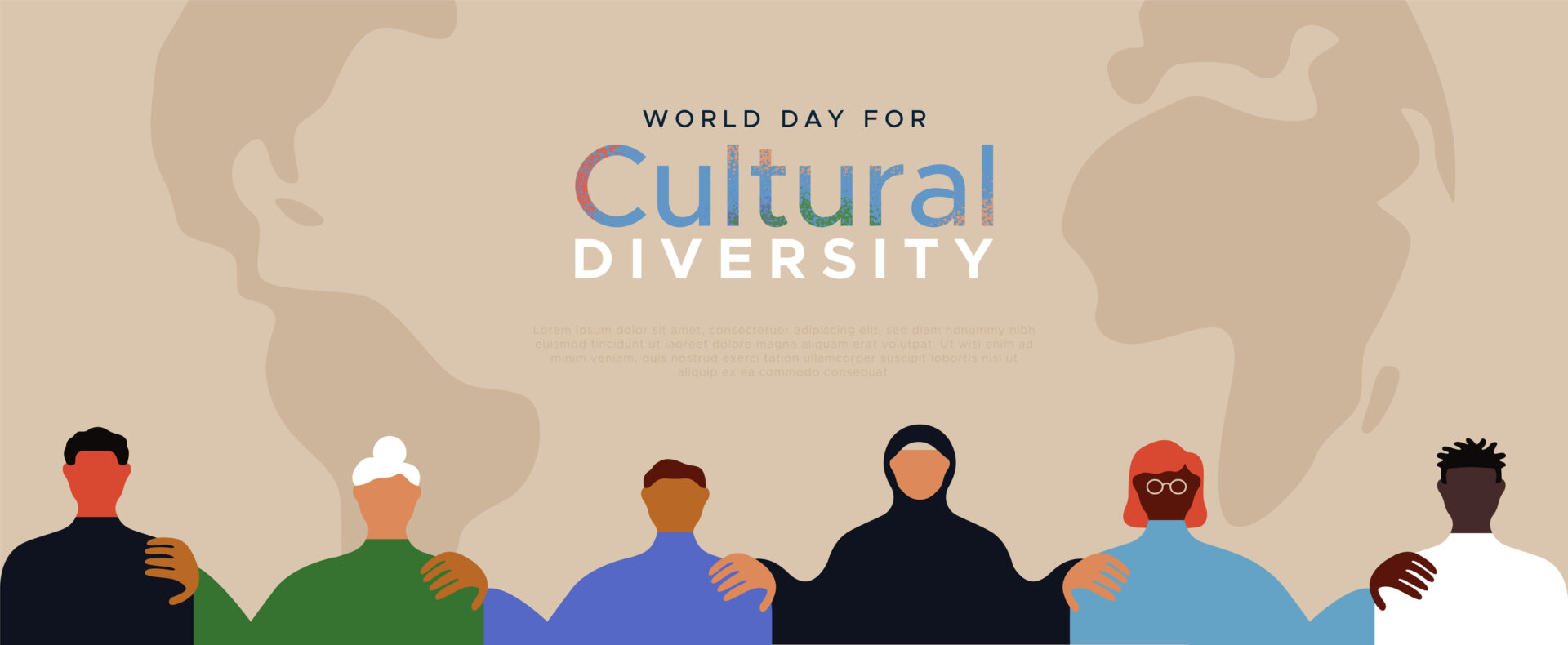Immigrant Doctors Project
The Immigrant Doctor’s Project emerged in the aftermath of the Executive Order banning Iranian, Libyan, Somalian, Sudanese, Syrian, and Yemeni nationals from entering the United States. The project aims to highlight the importance of immigrant doctors from these six nations by analyzing how the order affects the overall health of the United States.
7,000 Affected Doctors
By investigating data from Doximity, an online networking site for doctors, researchers crafted a map detailing the most adversely affected areas of the United States along with a list of statistics quantifying the effect of the ban. Additionally, researchers collected testimonials from patients receiving care from immigrant doctors as well as from immigrant doctors themselves.
Researchers found that there were 7,000 immigrant doctors hailing from these six nations. These doctors provide 14 million doctor’s appointments a year to patients all over the United States. The five cities with the most concentrated number of immigrant doctors are Detroit, Toledo, Los Angeles, Cleveland, and Dayton.
AMOpportunities talked to Dr. Peter Ganong, one of the head researchers for the Immigrant Doctor’s Project and an assistant professor at the University of Chicago Harris School for Public Policy, to get his take on the state of healthcare in the United States;
“I find it quite striking how much we rely on doctors from countries who trained in the countries affected by the travel ban,” Ganong said.
“This suggests that these countries contribute to our health care system in important ways and that patients might have more trouble getting care as a consequence of the ban.”
The Need For International Doctors
While the Executive Order has since been challenged, the need for immigrant doctors continues to increase. The Immigrant Doctor’s Project goes beyond analyzing the effect of the travel ban. Rather, the Project demonstrates the important role that immigrant physicians play the U.S. Healthcare system, and the continuing need for foreign medical graduates to enter the United States physician workforce. Both the system, as well as the millions of patients treated by it, rely heavily on care provided by these immigrant doctors.
Are you interested in joining these international physicians by pursuing a medical career in the U.S.? If so, the first step might be a clinical rotation with AMO. You can view those offered and even apply to them by clicking here.







Please help me out I want to study about medicine in the United States of America. Am Festus A F Yillia from Monrovia Liberia